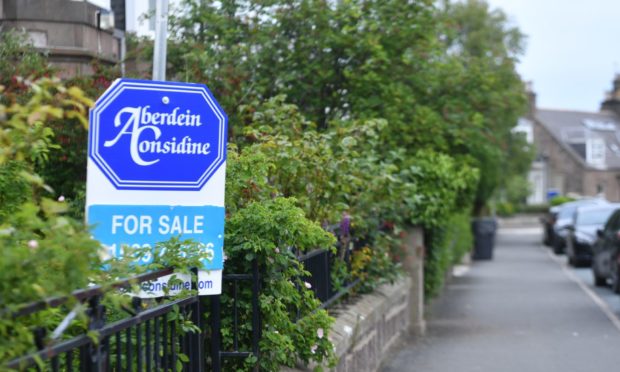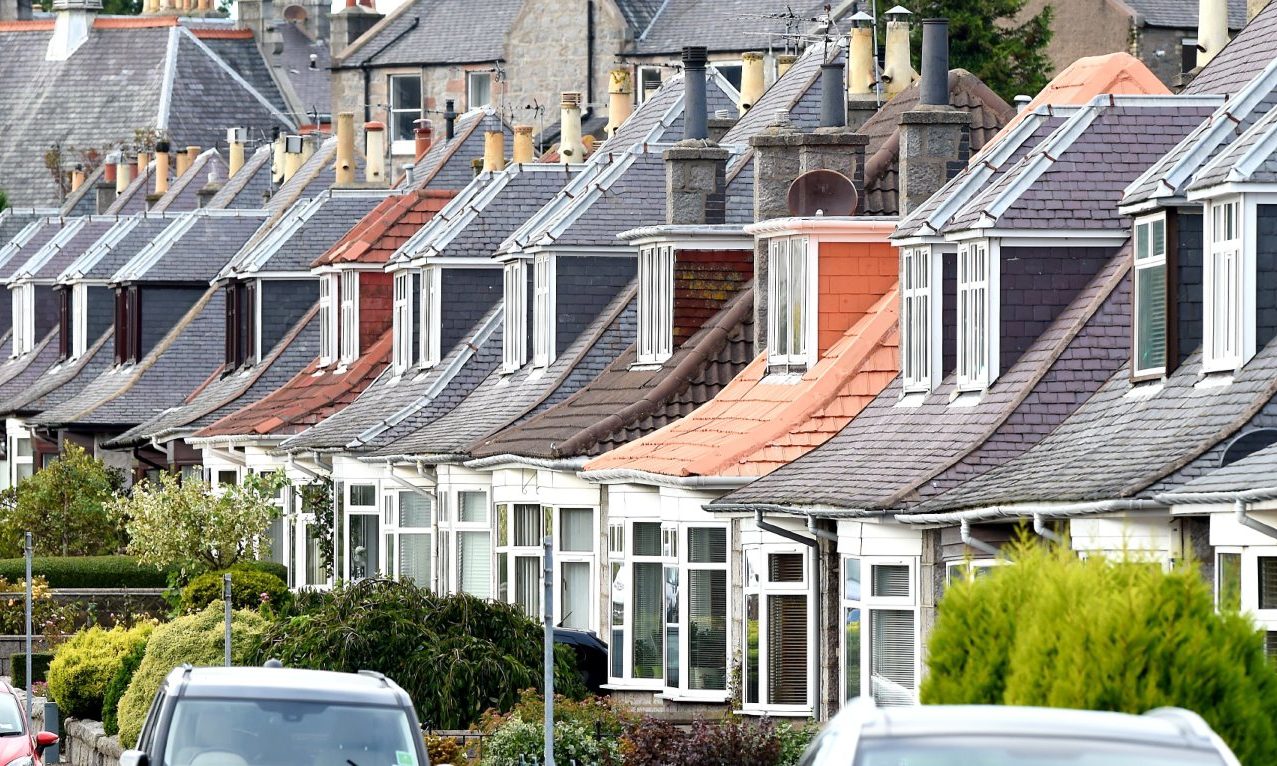A large discrepancy on house prices has opened up in the north, with Inverness declared the winner – and Aberdeen the loser.
Bank Of Scotland has released new data regarding how the country’s property market fared over 2020, amid a year where trends were “hard to predict”.
In the 12 months to October, Inverness was Scotland’s best-faring city when it came to the market.
The average house price increased by close to £15,000, or 8.1% over the period, taking it to £195,500.
The bank’s figures show this rise was roughly in line with a general growth in wages for Inverness workers.
Pay packets also grew by 8% in the city over the year, taking the average wage to £32,000.
At the same time, however, Aberdeen was the worst-performing city when it came to house prices.
Over the year they decreased by 1.4%, with the average cost of a home dropping almost £3,000 to £200,800.
This also correlated roughly with average wages in the city, with the effects of the pandemic causing them to stagnate.
No growth was recorded, with the typical Granite City worker taking home a £30,500 salary in 2020.
The figures mean the average property in Aberdeen will now set buyers back around seven times the average wage.
A similar picture has emerged in Inverurie, in Aberdeenshire, where prices fell 2.7% over the last year.
Homes there currently cost an average of £231,600 – down from the £238,000 recorded in 2019.
Surge in demand
Graham Blair, Bank Of Scotland mortgages director, said: “Like many things about 2020, it would have been hard to predict where we’d see the biggest changes in average house prices in Scotland.
“In Scotland’s biggest cities, we’ve seen prices cool slightly up north in Aberdeen in contrast to Inverness.”
Earlier this year property firm Savills reported a 74% boost in north-east property sales following a lockdown slump.
While house prices in the Aberdeen area have decreased in the last year, the estate agent said a “surge” in buyer demand has led to many properties receiving multiple bids, including “offers over premiums”.
Because of the large number of houses on the market, it said prices were unable to experience any “meaningful” growth in the short-term.
Winners and losers
Nationally, the Bank Of Scotland figures showed the seaside town of Ayr had the largest average rise in house prices.
They rose by more than 15% over the last year to £178,000.
It was followed by Dumfries, Kirkcaldy, Coatbridge and Inverness.
At the other end of the table, Livingston experienced the biggest drop, at 8.1%.
Prices also fell in Motherwell, Inverurie, Paisley and Falkirk.
Mr Blair added: “While it’s great news for sellers in Ayr and Dumfries with the biggest jumps in average house prices, it also looks promising for potential buyers in Livingston, Motherwell and Paisley – where a dip in prices could mean a better deal for house hunters in these areas.
“Although both ends of the M8 have seen an increase, average house prices in Edinburgh have increased around three times as much as in Glasgow, with homes in the capital adding around £15,000 in value this year compared to almost £4,000 in the west.”


